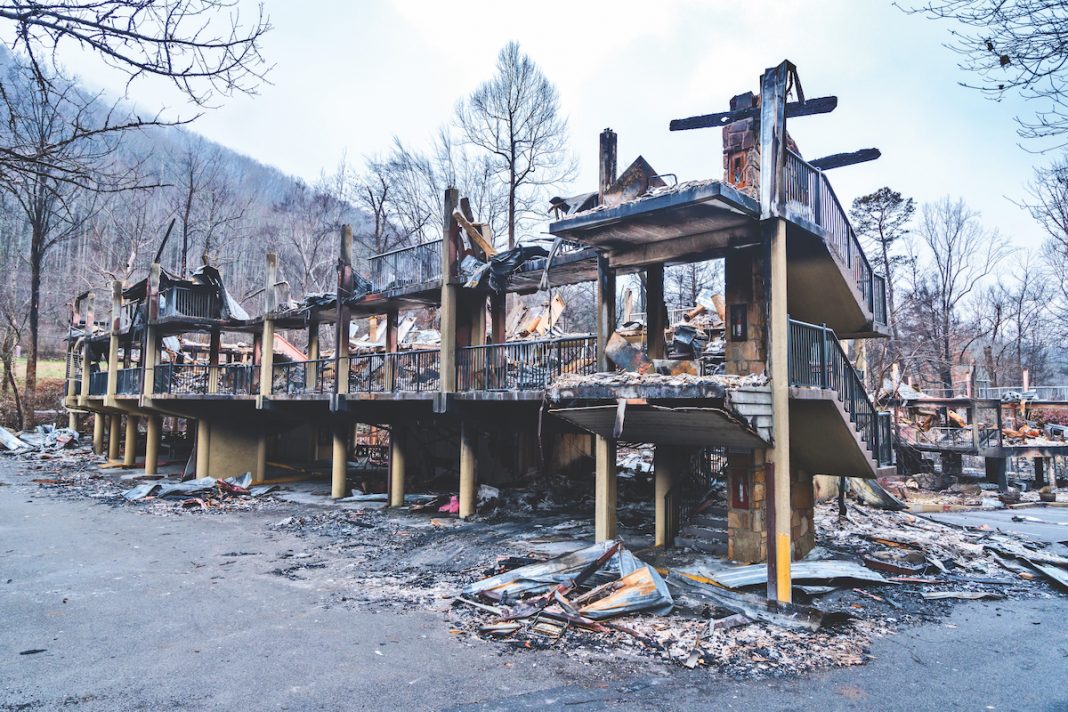Consider the swiftly changing and dynamic environment in which hotels around the world operate today. In addition to various political, social, environmental, and economic conditions are pressures concerning the risks operators must prepare for and be ready to react to without hesitation. After all, a hotel’s greatest responsibility is the safety of the guests and team members on property.
All hotels—from bed and breakfasts and transient highway hotels to downtown convention centers and luxury properties—need to have safety protocols in place. Further, each and every hotel must identify and plan its own safety and risk management framework. Generally speaking, this framework should include two major components—first, it must provide a safe establishment for guests and staff, and second, it must manage the risks associated with both foreseeable and unforeseeable issues.
Lodging establishments are inherently risky, especially because so many people are housed under one roof. Consider the damage that could be caused by a hotel fire. In 1946, three fires resulted in 199 lives lost. And this isn’t just a problem of the distant past—according to the National Fire Protection Association, there were 3,520 fires in hotels and motels between 2009 and 2013.
Hotels must be ever vigilant when it comes to safety efforts, and not depend on one single safeguard alone.
But safety encompasses much more than catastrophic events. Security, ranging from restricting building access to safeguarding guests and their possessions, should always be top of mind. Then there’s staff safety, food safety, and ensuring leisure activities such as on-property pools and outdoor activities are properly supervised and up to the latest safety standards. Hotels must be ever vigilant when it comes to safety efforts and not depend on one single safeguard alone.
Hotel owners and operators need to actively prepare for disasters and safeguard against threats to safety. This first requires that they identify their property’s risk profile. What are the hotel’s biggest hazards? Is it more prone to certain dangers than others? Next, they must create and implement policies and procedures meant to mitigate those risks, followed by consistent training and development of both staff and management personnel. Successful safety plans require open and regular communication with staff, investigating deficiencies thoroughly, and setting and reinforcing very high standards.
Furthermore, setting up procedures is not a one-and-done task; in-depth self-audits, conducted on a monthly basis, are key to the overall safety effort.
Deciding where to begin a safety plan and how to best use a property’s resources can be daunting. There are some good places to start, though. Hoteliers should become familiar with the standards of the local municipality and what’s required of a property in that jurisdiction. They should also contact the appropriate codes officer and fire marshal to evaluate their facility. This service is typically provided for free because both entities are jointly vested in public safety. Owners and operators should also become familiar with a facility’s engineering plans and blueprints.
NFPA
The National Fire Prevention Association created the Life Safety Code (LSC NFPA 101) a consensus standard adopted in the U.S. and updated every three years. It addresses construction, protection, and occupancy features meant to minimize dangers associated with fire, smoke, heat, and toxic gasses stemming from catastrophic events, which underscores the inadequacies of life safety in public buildings. The Hotel and Motel Fire Safety Act, passed by Congress in 1990, uses similar language and requires federal employees to use only FEMA-approved properties—i.e., those with specific life safety systems specified in the law.
After getting an idea of the hotel and its spaces, hoteliers should take an in-depth walk around the property and become intimately familiar with storage rooms, utility shut-offs, and heating and ventilation systems—as well as life safety systems—to know their exact locations and the current condition of all equipment and ask questions about anything that they might not understand. This is important because hoteliers need to know their properties inside and out, especially before they may need to answer questions for someone in a uniform or in a court of law.
When building a safety plan, be sure to scrutinize areas that might not be considered obvious. Look for potential problems or roadblocks for emergency workers. For example, is there a Knox Box or breakable emergency glass case with a current master key and E-key for fire department or first responder use?
There should also be protocols for guest and employee security. For example, if a hotel has third-party contractors on-site doing repairs, there are risks beyond safety hazards and trip and falls. After all, how does a guest know the person who knocks on their door is authorized to be there? A property may require that contractors to sign in and carry hotel identification when working on-site so guests know they are authorized to be there.
Then there are dangers that many owners may have never even considered. An often-overlooked safety concern is guestroom water. Does someone test sinks and showers in guestrooms to ensure temperature settings are correct and prevent scaldings? Deadly bacteria and fungi can collect in the showerhead and the misting action of a shower can pass these along as airborne illnesses to a guest, so is someone cleaning these areas regularly?
Then there are the property’s major systems. Has the hotel had a third party conduct a gas pressure and leak test at some point in the previous five years? If not, that’s something that should be looked into.
There are so many areas that require vigilance in hotels, and high industry turnover makes excelling at training and development especially challenging. Hotels face many issues when it comes to safety, but perhaps the greatest obstacle is when hoteliers fail to dedicate the proper time and take comprehensive action to plan for emergencies and other safety hazards. If one applies sufficient attention to safety measures, they are more likely to be able to prevent a tragedy.











